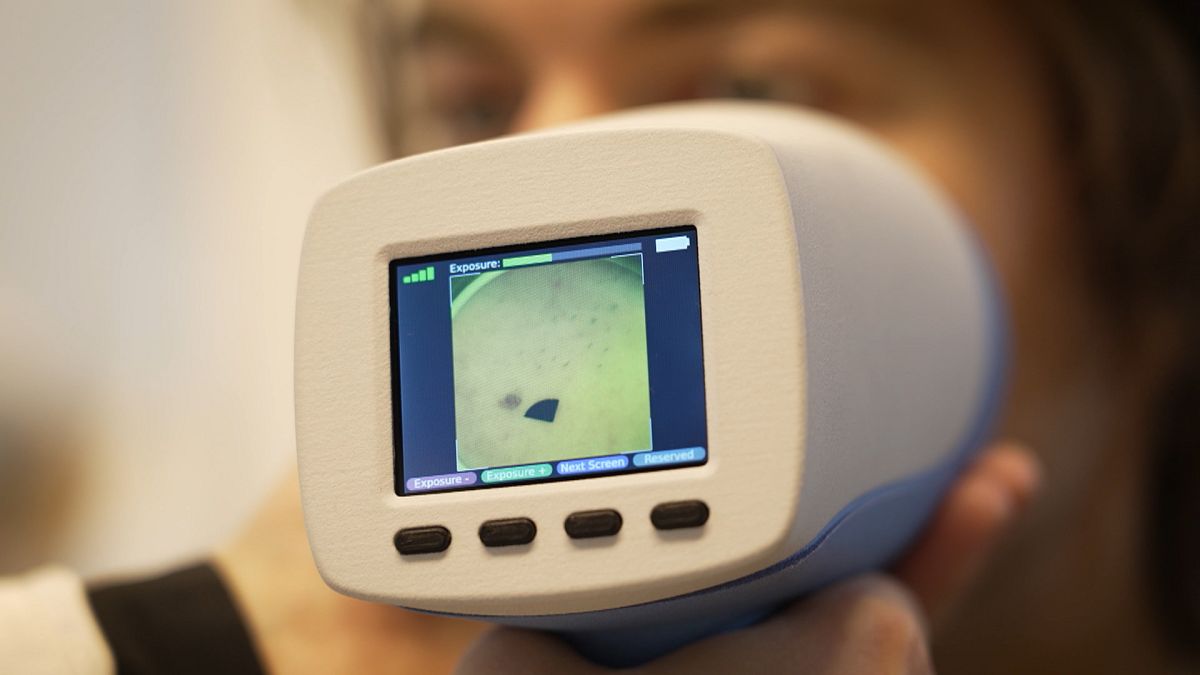Skin cancer is one of the most common cancers in Europe.
According to official European Union (EU) statistics, cutaneous melanoma is the sixth most common type of cancer in the region
Now the University of Latvia has come up with a method, funded precisely by the EU, which aims to improve access to early cancer diagnosis and save lives.
It's a new portable detection device that allows general practitioners to carry out routine, non-invasive screening in their office.
"The survival rate of the last stage of melanoma is less than 5%, while that of the first stage is almost 100%," recalls researcher Emīlija Vija Ploriņa, quoted on Euronews.
The technology in question uses different colored lights to determine whether a skin lesion is malignant or benign.
Another researcher, Ilze Ļihačova, describes: "Red light, yellow light and blue light reflect differently, because in the skin there is blood and melanin, different chromophores, which give us different information."
The lights harmlessly penetrate tissues up to 5 mm below the surface to detect any lesions (warts, for example).

The images are sent wirelessly for analysis by an artificial intelligence algorithm and the results are ready in seconds, in a secure cloud system.
The device has already been tested on more than 4,000 lesions, with a high level of accuracy.
The new device has detected 95% of all melanomas in this first phase.
And the long-term goal is to help detect other cancers and rare diseases, helping to save more lives.





